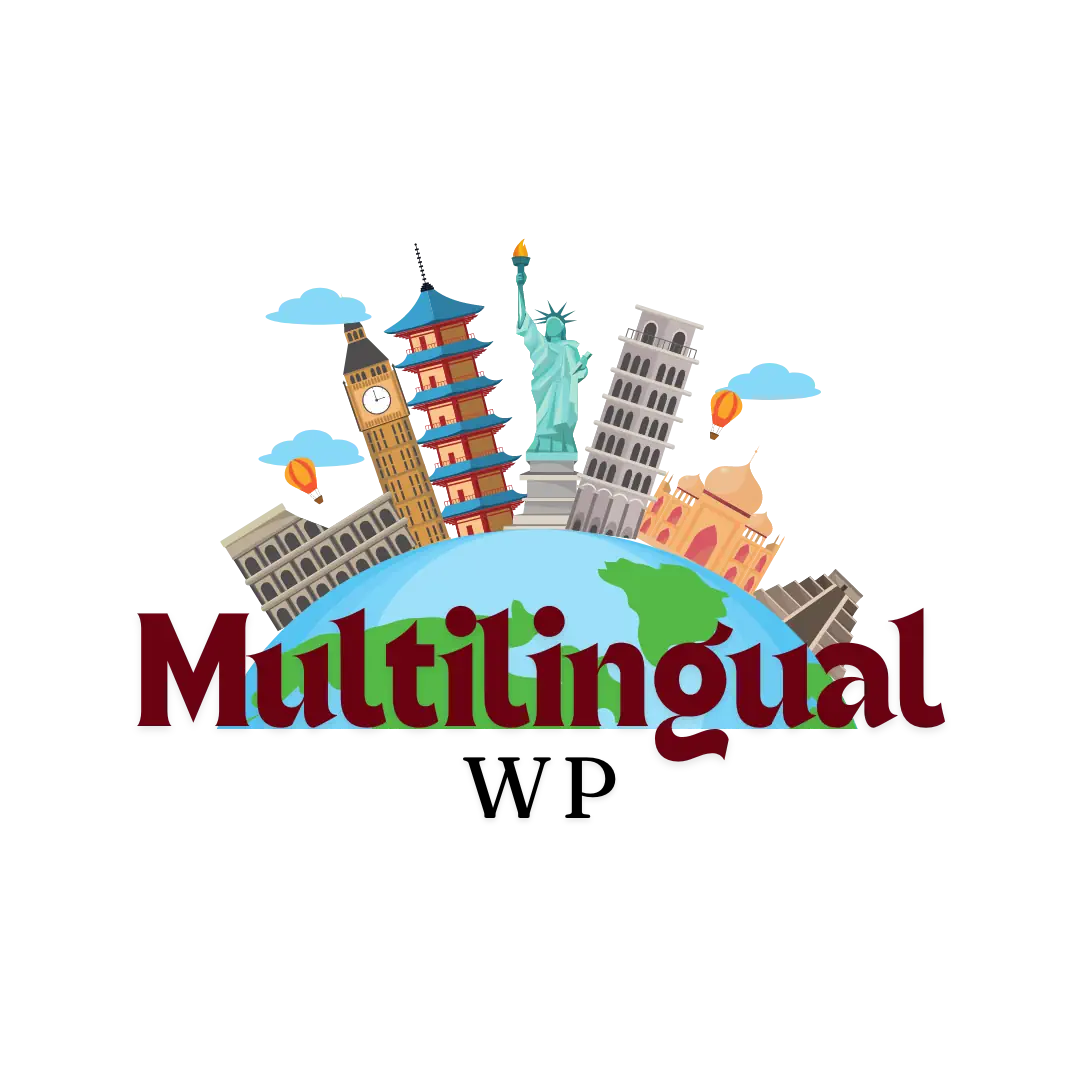International SEO ensures your WordPress website can be found by users in different countries and languages. It is the foundation for building long-term visibility, trust, and organic traffic across global markets.
If you are expanding your digital presence beyond a single language or region, proper international SEO setup prevents duplicated content issues, ranking conflicts between language versions, and confusion for search engines and users.
This guide explains the essential WordPress settings, SEO configurations, and best practices to successfully optimize multilingual websites for international search performance.
Why International SEO Matters for WordPress
Search engines need clear signals to:
- Understand which language and region each page targets.
- Serve the correct version to users based on location or language preference.
- Avoid indexing the wrong language version in the wrong country.
- Prevent duplicate content issues.
Without proper international SEO, a multilingual site may struggle to rank, even with great content and translations.
Key Components of International SEO for WordPress
1. Use the Right URL Structure
Your URL format is one of the most important decisions. Options include:
| Structure | Example | Best Use Case |
|---|---|---|
| Subdirectories | domain.com/fr/ | Best overall for SEO scalability |
| Subdomains | fr.domain.com | When regional teams need autonomy |
| Country Domains (ccTLDs) | domain.fr | Strongest geo signal, most costly |
| URL Parameters | domain.com?lang=fr | Avoid. Poor SEO performance |
Recommended structure: Subdirectories.
They are easier to manage and benefit from shared domain authority.
2. Enable and Configure Hreflang Tags
Hreflang tags tell Google which language and region a page targets. They prevent confusion between similar pages in different languages.
Example tag for English and Spanish pages:
<link rel="alternate" hreflang="en" href="https://domain.com/" />
<link rel="alternate" hreflang="es" href="https://domain.com/es/" />
<link rel="alternate" hreflang="x-default" href="https://domain.com/" />
Most multilingual WordPress plugins automate this, but verify implementation with the Google Search Console hreflang tool.
3. Translate Key SEO Elements
Translating only site content is not enough. Make sure to localize:
- Title tags
- Meta descriptions
- Permalinks (if possible)
- Image alt text
- Schema data
- Navigation menus
- URLs (preferred where supported)
Avoid machine-translated SEO text without review. Quality matters.
4. Optimize for Local Search Intent
Users in different regions search differently. Research keywords separately for each language and market.
Best tools for multilingual keyword research include:
- Google Keyword Planner
- Google Trends
- Ahrefs
- SEMrush
- KeywordTool.io
Focus on cultural relevance, not word-for-word translations.
5. Create a Localized Sitemap
Always submit a sitemap including all language versions. Many multilingual plugins handle this automatically, but check:
- Each language version is included
- Hreflang tags match sitemap URLs
- No orphan pages
Submit each sitemap to Google Search Console per country/language property.
6. Improve International Page Speed
Global users need fast load times. Performance tactics include:
- Using a CDN with global edge servers
- Optimizing images and media
- Enabling caching
- Reducing request size and script load
- Avoiding heavy translation scripts when possible
A slow multilingual site loses rankings internationally.
7. Use a Reliable Multilingual Plugin
Choose a translation system designed for SEO. Popular options include:
- WPML
- Polylang Pro
- TranslatePress Pro
- Weglot
Evaluate based on:
- Hreflang support
- URL handling
- Sitemap integration
- SEO translation workflow
- Speed and caching compatibility
8. Set the Correct Site Language and Locale
In WordPress:
- Go to Settings > General > Site Language
- Ensure each language site version has the correct locale code
Locale helps search engines understand language targeting.
9. Build Regional Backlinks
Local authority improves international SEO. Target backlinks from:
- Local directories
- Local partner websites
- Country-specific media
- Local bloggers/influencers
Quality local links signal relevance for that region.
10. Monitor International Performance
Use these tools regularly:
| Tool | Purpose |
|---|---|
| Google Search Console | Track international rankings & issues |
| Bing Webmaster Tools | Additional search insights |
| Google Analytics 4 | Measure language-based engagement |
| Ahrefs / SEMrush | Keyword rankings & competitor insights |
Watch for:
- Wrong language ranking in wrong country
- Pages not indexed
- Duplicate content warnings
- Missing hreflang issues
Common International SEO Mistakes to Avoid
- Using URL parameters for language
- Auto-translating content without review
- Missing hreflang tags
- Duplicate homepage versions without x-default
- Mixing local content languages on the same URL
- Not translating SEO metadata
- No localized keyword research
Final Thoughts
International SEO is not only about translating content. It requires:
- Correct URL structure
- Proper hreflang setup
- Local keyword strategy
- Technical SEO optimization
- Ongoing monitoring
When executed correctly, multilingual WordPress sites can scale globally and attract highly qualified traffic from around the world.
